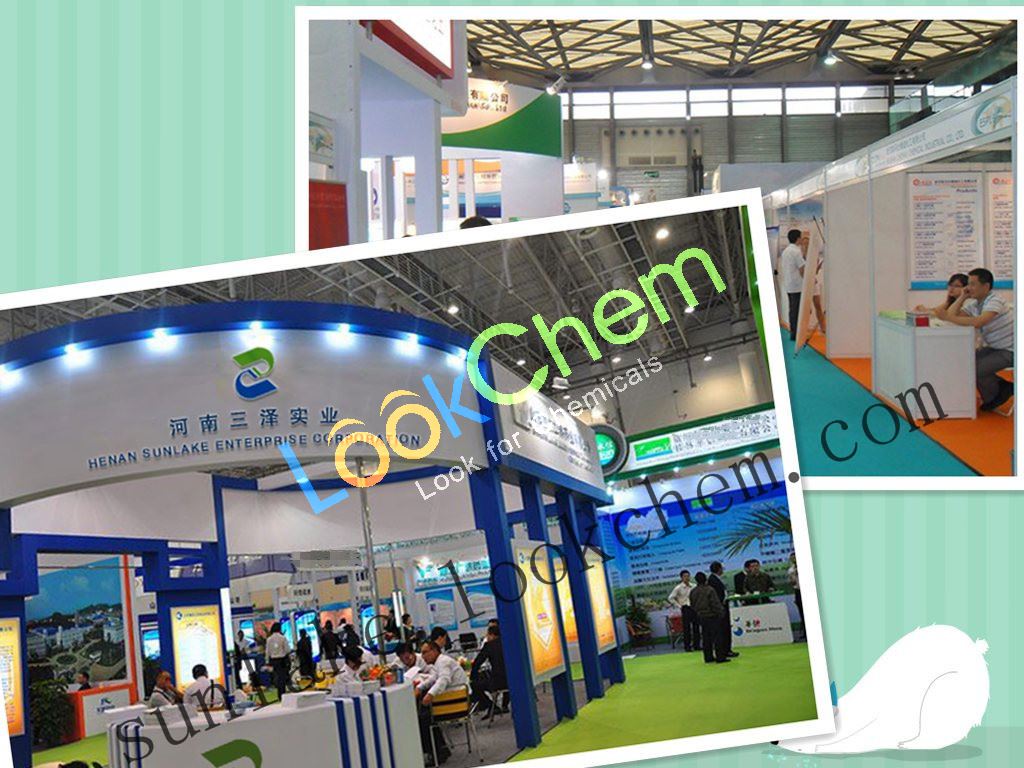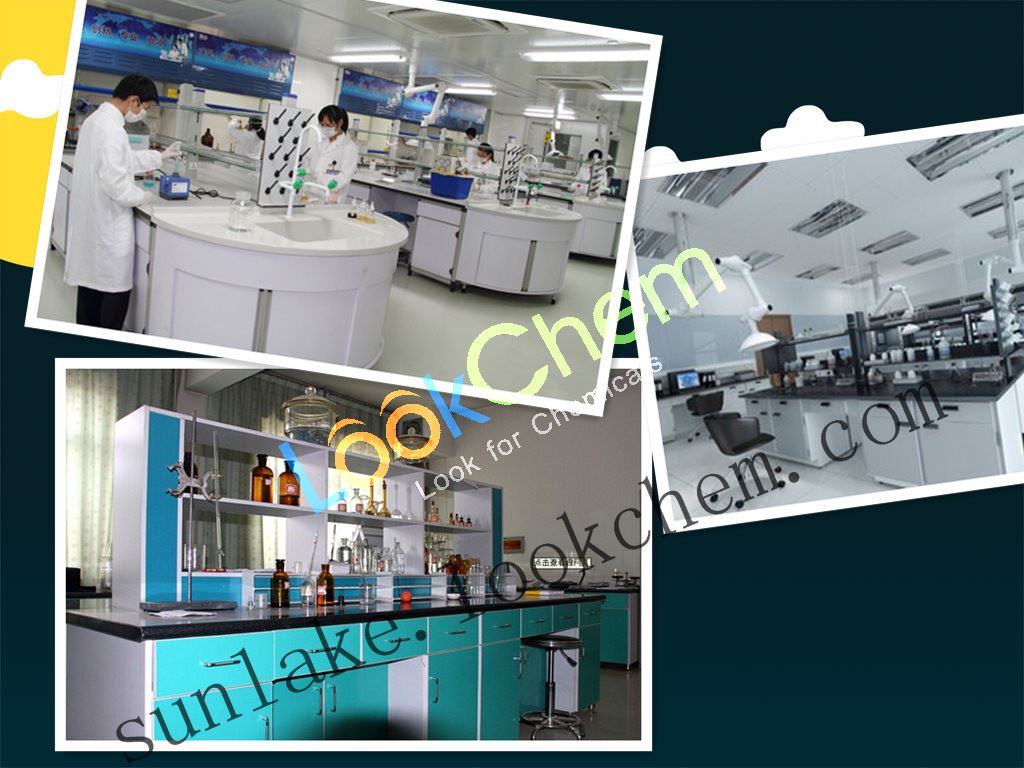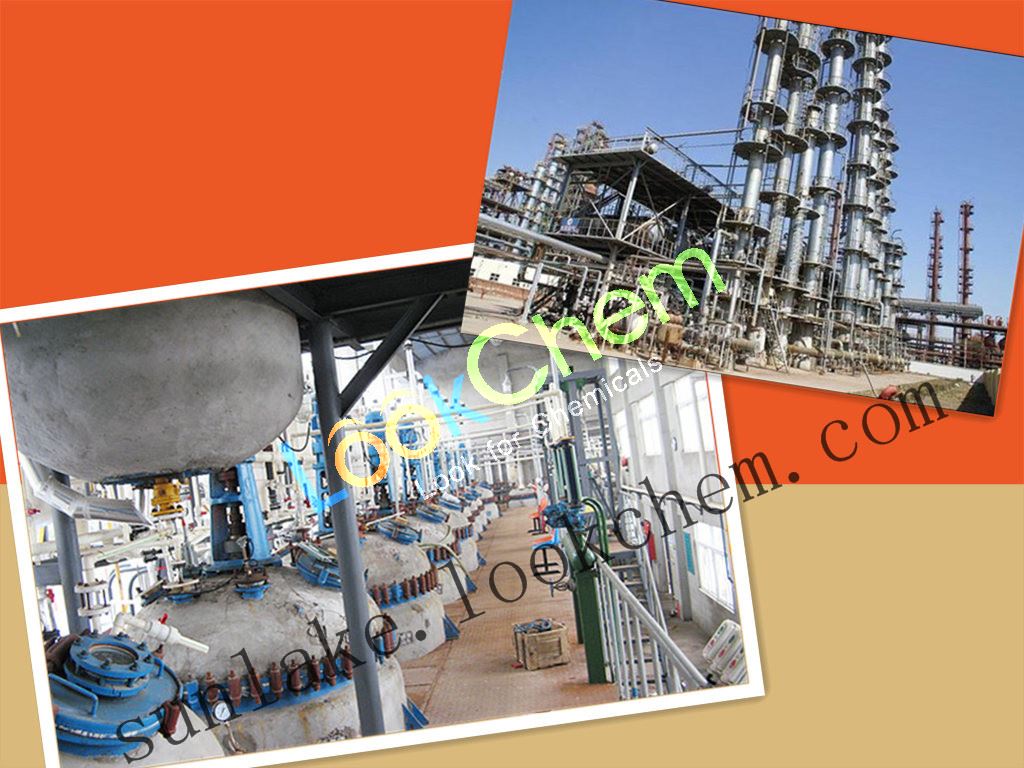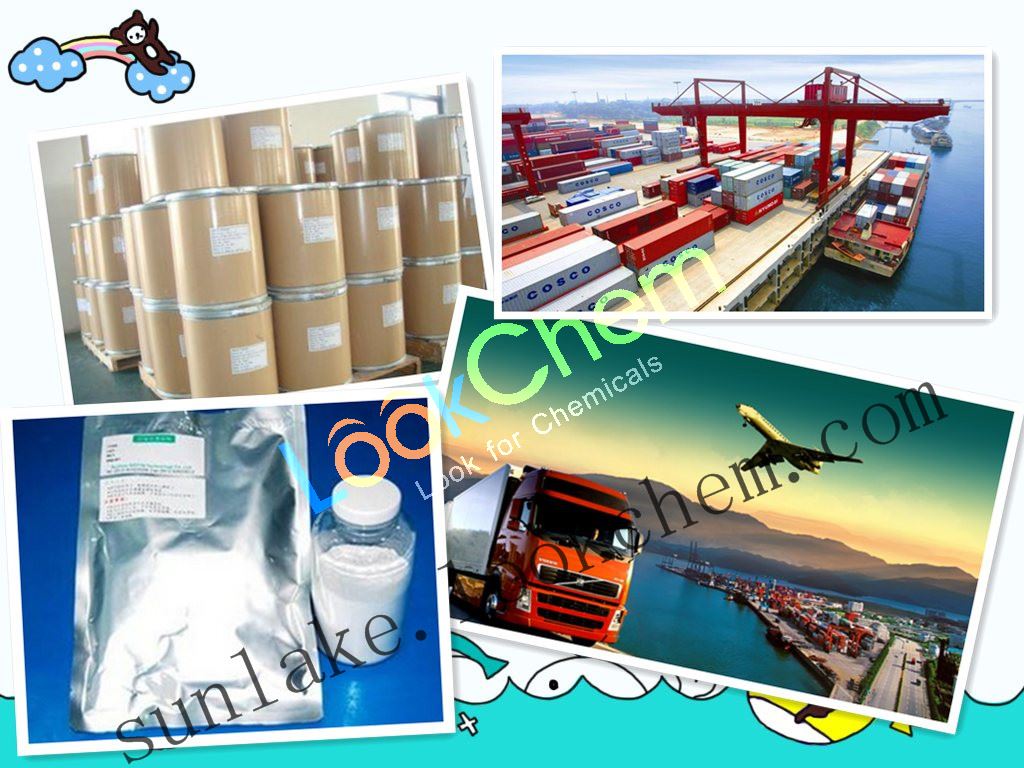- Min.Order :1 Kilogram
- Purity: 99.5%
- Payment Terms : L/C,D/A,D/P,T/T,Other
Keywords
Dibutyl phthalate 84-74-2 C16H22O4
Quick Details
- Appearance:clear liquid
- Application:84-74-2
- PackAge:As requested
- ProductionCapacity:300|Kilogram|Day
- Storage:2-8°C
- Transportation:By air or by sea
Superiority:
| Dibutyl phthalate Basic information |
| Dibutyl phthalate Chemical Properties |
| mp | -35 °C |
| bp | 340 °C(lit.) |
| density | 1.043 g/mL at 25 °C(lit.) |
| vapor density | 9.6 (vs air) |
| vapor pressure | 1 mm Hg ( 147 °C) |
| refractive index |
n |
| Fp | 340 °F |
| storage temp. | 2-8°C |
| Water Solubility | Slightly soluble. 0.0013 g/100 mL |
| FreezingPoint | -35℃ |
| Merck | 14,3035 |
| BRN | 1914064 |
| CAS DataBase Reference | 84-74-2(CAS DataBase Reference) |
| NIST Chemistry Reference | Dibutyl phthalate(84-74-2) |
| EPA Substance Registry System | 1,2-Benzenedicarboxylic acid, dibutyl ester(84-74-2) |
| Safety Information |
| Hazard Codes | T,N,F |
| Risk Statements | 61-50-62-39/23/24/25-23/24/25-11 |
| Safety Statements | 53-45-61-36/37-16 |
| RIDADR | UN 3082 9/PG 3 |
| WGK Germany | 2 |
| RTECS | TI0875000 |
| HazardClass | 9 |
| PackingGroup | III |
| HS Code | 29173100 |
| Hazardous Substances Data | 84-74-2(Hazardous Substances Data) |
| Dibutyl phthalate Usage And Synthesis |
| Chemical Properties | clear liquid |
| Usage | A phthalate metabolite with genotoxic effect. |
| Usage | Plasticizer |
| General Description | Dibutyl phthalate is a colorless oily liquid. Dibutyl phthalate is insoluble in water. The primary hazard is the threat to the environment. Immediate steps should be taken to limit its spread to the environment. Since Dibutyl phthalate is a liquid Dibutyl phthalate can easily penetrate the soil and contaminate groundwater and nearby streams. Dibutyl phthalate is combustible though Dibutyl phthalate may take some effort to ignite. Dibutyl phthalate is used in paints and plastics and as a reaction media for chemical reactions. |
| Air & Water Reactions | Insoluble in water. |
| Reactivity Profile | Dibutyl phthalate is an ester. Esters react with acids to liberate heat along with alcohols and acids. Strong oxidizing acids may cause a vigorous reaction that is sufficiently exothermic to ignite the reaction products. Heat is also generated by the interaction of esters with caustic solutions. Flammable hydrogen is generated by mixing esters with alkali metals and hydrides. Avoid contact with strong oxidizing agents and strong bases. Will not polymerize. [USCG, 1999]. Can generate electrostatic charges. [Handling Chemicals Safely 1980. p. 250]. |
| Fire Hazard | Combustible. |
| Dibutyl phthalate Preparation Products And Raw materials |
| Preparation Products | Tetrahydro-4H-pyran-4-one-->Various color nitrocellulose exterior enamel Q04-2-->Nicarbazin-->POLY(VINYL ACETATE)-->2-Butanone peroxide-->Nitrocellulose color chip |
| Raw materials | Sulfuric acid -->Sodium carbonate-->1-Butanol-->Phthalic anhydride-->2-Methyl-1-propanol-->Capryl alcohol |
Details:
- Exhibition in shanghai
We have clients throughout the world:
Professional service and rich experience make customers feel at ease, adequate stock and fast delivery meet your desire.

Our Laboratoy
We have our own independent lab test center:
This makes sure that our technology support is reliable and authoritative.All of self-owned fine chemicals are manufactured strictly in accordance with international standard.,and also has scientific cooperation with local colleges and institutes.

Our factory
High quality with competitive price:
We are manufacturer and can provide high quality products with factory price

Package & Shipment
Fast and safe delivery:
Parcels can be sent out within 24 hours after payment. Tracking number is available
Secure and discreet shipment. You have various choices of transportation methods

You Might Also Like
-
free samples 54735-61-4 NO.1 factory
CAS NO:54735-61-4
-
free samples 3387-36-8 NO.1 factory
CAS NO:3387-36-8
-
free samples 869357-68-6 NO.1 factory
CAS NO:869357-68-6
-
free samples 643-10-7 NO.1 factory
CAS NO:643-10-7
-
free samples 1420-49-1 NO.1 factory
CAS NO:1420-49-1
-
free samples 14985-44-5 NO.1 factory
CAS NO:14985-44-5
Related Searches
About|Contact|Cas|Product Name|Molecular|Country|Encyclopedia
Message|New Cas|MSDS|Service|Advertisement|CAS DataBase|Article Data|Manufacturers | Chemical Catalog
©2008 LookChem.com,License: ICP
NO.:Zhejiang16009103
complaints:service@lookchem.com Desktop View